
Gorgias Press
Founded in 2001 Gorgias Press is an independent academic publisher of books and journals related to history, languages, and religious studies, with specific areas of expertise in the Ancient Near East, Arabic and Islamic Studies, Archaeology, Biblical Studies, Classics, Early Christianity, Jewish Studies, Linguistics, and Syriac.
Gorgias [GOR-gee-us] Press was originally created by George and Christine Kiraz as a specialty press that could keep up with their research interests. With a background in computational linguistics, George Kiraz envisioned combining cutting-edge technology with humanities research. The new company would be completely online, with no physical storefront, and it would use automation and digital printing technology rather than traditional print runs. With these tools, the press could afford to publish rare and understudied topics that were previously considered unprofitable, and Gorgias soon became known for its pioneering work in language and linguistics, religion, and especially Syriac and Eastern Christianity.
Gorgias’ philosophy of “Publishing for the Sake of Knowledge” rather than profit, attracted a number of new authors, and the press’ areas of interest rapidly began to expand. Today, Gorgias Press publishes 50-60 new titles a year, including monographs, edited volumes, translations, and more, and Gorgias books can be found in academic collections all over the world.
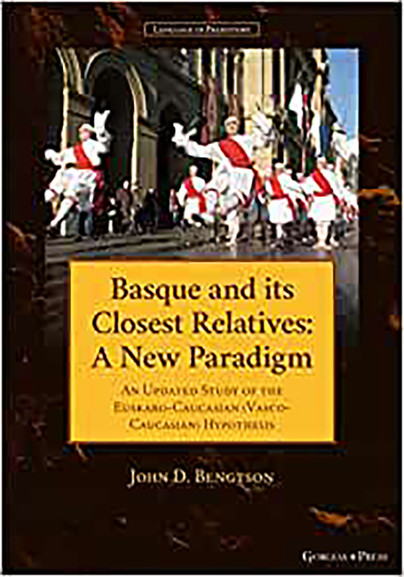
Format: Hardback
Pages: 546
ISBN: 9781463244118
Pub Date: 28 Apr 2022
Description:
John D. Bengston offers a detailed analysis of the Euskaro-Caucasian hypothesis in this new volume, exploring the idea that the Basque language is most closely related to the North Caucasian language family. He builds on ideas proposed by prominent scholars in the 20th century, notably the work of C.
C. Uhlenbeck, Georges Dumézil, and René Lafon. Whilst important, their ideas were rather sporadic and consisted of scattered articles, and they never developed a comprehensive phonological and morphological model of Euskaro-Caucasian.Now thanks to advances in our understanding of Basque phonology and etymology, and in North Caucasian phonology and etymology, and improved linguistic methods, it has become possible to develop a comprehensive Euskaro-Caucasian phonological structure, including regular sound correspondences of vowels and consonants supported by significant numbers of etymologies. These correspondences, in turn, have allowed the author to evaluate objectively the etymological proposals of earlier investigators (which led to the modification or outright rejection of many of them), and have also provided clues to discovering some original etymologies. The nucleus of the Euskaro-Caucasian hypothesis is 'old', beginning in the 19th century, but the 'new paradigm' alluded to in this volume's subtitle refers to a focus on the North Caucasian language family as the closest surviving relative of Basque (as opposed to the 'South Caucasian' = Kartvelian family); a new and comprehensive scheme of comparative phonology; new discoveries in comparative morphology; and finally several hundred lexical and grammatical etymologies that supersede the more haphazard comparisons offered in earlier research.
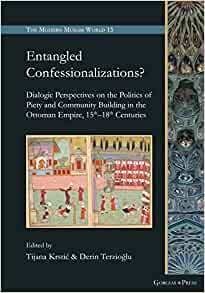
Format: Hardback
Pages: 812
ISBN: 9781463243579
Pub Date: 25 Apr 2022
Description:
This volume explores the emergence of discourses of orthodoxy and orthopraxy in the Ottoman Empire between the 15th and 18th centuries, through empirical studies on confessional dynamics in early modern Muslim, Christian and Jewish sources.
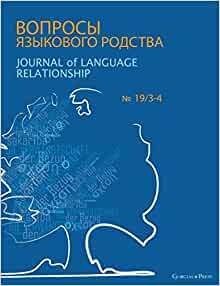
Format: Paperback
Pages: 170
ISBN: 9781463244453
Pub Date: 11 Apr 2022
Series: Journal of Language Relationship
Description:
The Journal of Language Relationship is an international periodical publication devoted to the issues of comparative linguistics and the history of the human language. The Journal contains articles written in English and Russian, as well as scientific reviews, discussions and reports from international linguistic conferences and seminars.
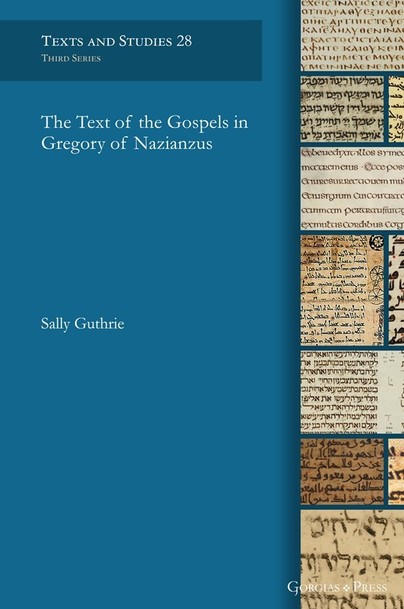
Format: Hardback
Pages: 288
ISBN: 9781463243371
Pub Date: 30 Mar 2022
Series: Texts and Studies
Description:
Quotations in early Christian writers provide important evidence for the text of the New Testament as well as the ways in which Scripture was used and received in the early Church. The fourth-century archbishop Gregory of Nazianzus was one of the most influential and widely-read authors of his time, but because the majority of his output was in poetic form he has rarely been treated as a source for the biblical text. The present study brings together all the identifiable references to the Gospels in Gregory’s writings for the first time, comparing them with standard biblical texts and manuscripts in order to determine their significance for the history and transmission of the New Testament.
This collection also sheds new light on Gregory’s treatment of Scripture and the distinctive role it plays in his rhetorical style.
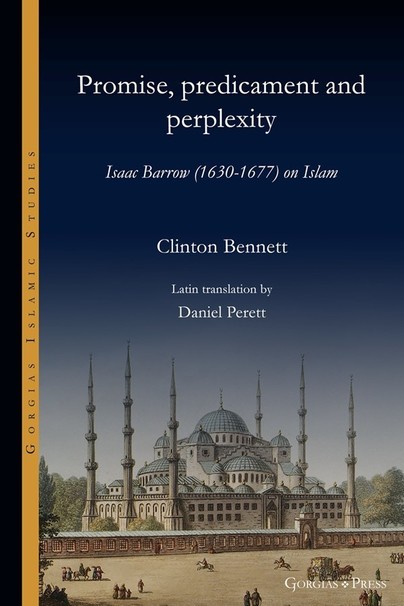
Format: Paperback
Pages: 86
ISBN: 9781463207021
Pub Date: 23 Mar 2022
Description:
This book is a study of the contribution of Isaac Barrow (1630-1677), Master of Trinity College (Cambridge), to Western perceptions of Islam in the 17th century. In particular, it provides a translation and study of Barrow's Latin essay on Islam (written in Constantinople), a Sermon on Islam and several other works that set out an embryonic theory of religion.
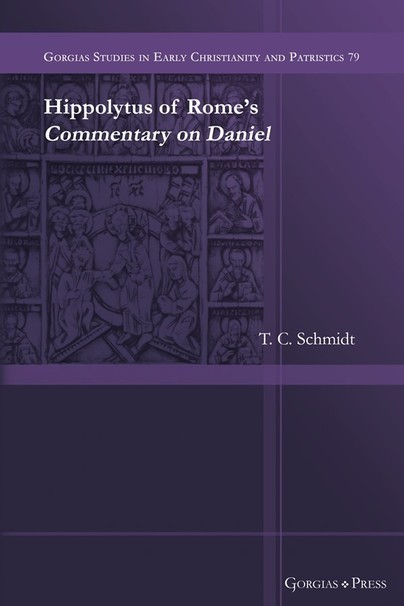
Format: Paperback
Pages: 217
ISBN: 9781463244361
Pub Date: 15 Mar 2022
Description:
In his Commentary on Daniel, the earliest extant Christian commentary, Hippolytus interprets the deeds and visions of Daniel against the backdrop of contemporary Roman persecution and eschatological expectation, thus providing much information about Christian affairs in the early third century. Throughout the commentary Hippolytus further discusses his distinctive Logos theology and also makes mention of various liturgical practices evolving baptism, anointing, the celebration of Easter and perhaps the date of Christmas.
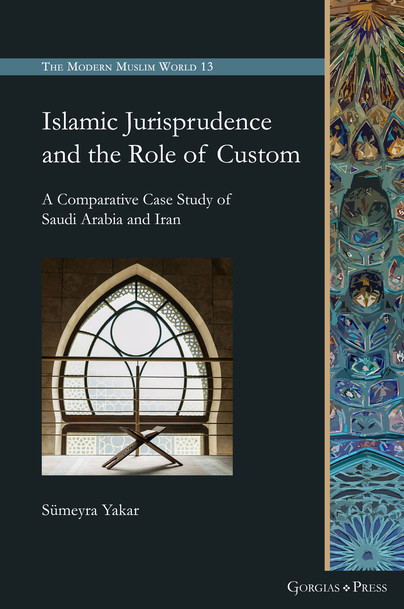
Format: Hardback
Pages: 301
ISBN: 9781463243517
Pub Date: 15 Mar 2022
Description:
An analysis of the connection between Islamic law (sharīʿa) and custom (ʿurf), identifying the ways in which personal and social issues are treated within contemporary Saudi and Iranian legal approaches. Approaches adopted by Saudi-Ḥanbalī and Iranian-Jaʿfarī scholars towards the sharʿī status of ʿurf in three particular categories are examined; the methodological perspective (classic and contemporary), the sharʿī opinions of scholars (fatwā) and the court verdicts of judges (aḥkām). The interaction between custom and textual authority is emphasised, developing an analytical framework of shar‘ī rules that pertain to social relations in general and marital issues in particular.
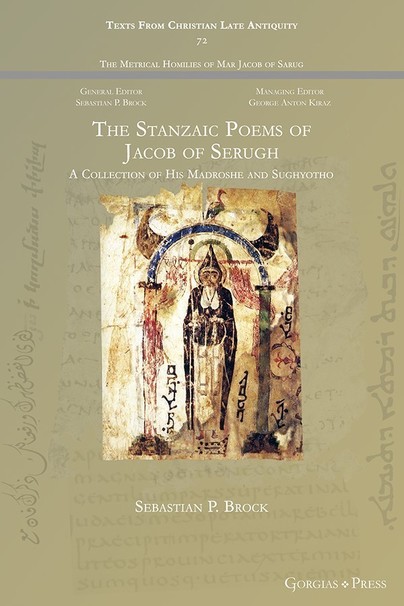
Format: Paperback
Pages: 328
ISBN: 9781463244309
Pub Date: 02 Mar 2022
Description:
Although the verse homilies of Jacob of Serugh are well known to lovers of Syriac literature, his stanzaic poetry, in the form of madroshe and sughyotho, have been largely forgotten. This volume contains twenty-five poems preserved in their complete form and attributed to Jacob in old manuscripts of the sixth/seventh to ninth/tenth century preserved today in the British Library, but largely originating from Deir al-Surian in Egypt.
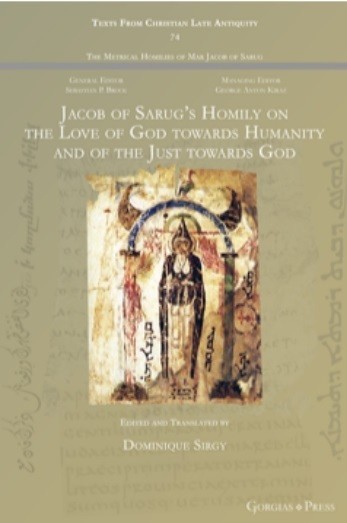
Format: Paperback
Pages: 72
ISBN: 9781463244323
Pub Date: 02 Mar 2022
Description:
Jacob of Sarug's homily chronicles the unravelling of God's love in sacred history and the inability of humankind to return God's love and grace.
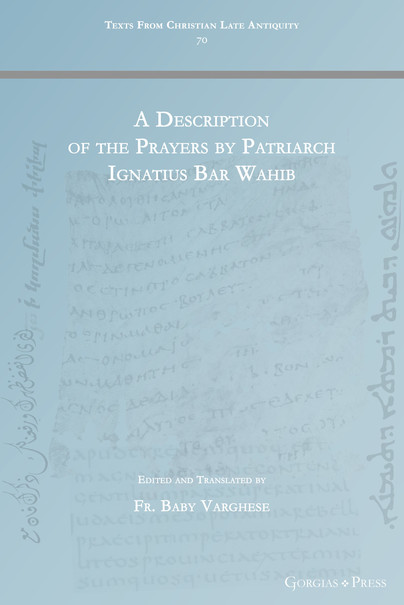
Format: Paperback
Pages: 100
ISBN: 9781463244040
Pub Date: 28 Feb 2022
Description:
An edition and English translation of 'A Description of the Prayers', one of the few extant works by Ignatius V. Bar Wahib (Patriarch of Antioch from 1293–1333). The text has been taken from a manuscript of the Orthodox Theological Seminary, Kottayam, copied in 1915 from a manuscript of the Konat Library.
The treatise offers a description of the external aspects of the canonical prayers, including washing and prostration.
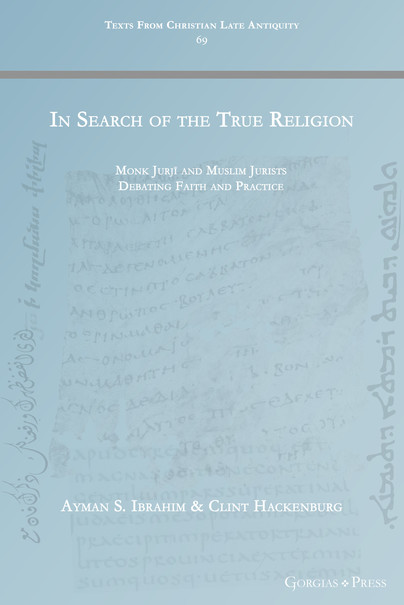
Format: Paperback
Pages: 358
ISBN: 9781463243944
Pub Date: 28 Feb 2022
Description:
In the 13th century, a debate transpired over the course of several days between a monk named Jurjī and several Muslims jurists in the city of Aleppo. This debate represents a careful and sophisticated example of a literary genre that had been developing among the Christians living under Islamic rule since the seventh century. The immense popularity of this work is demonstrated by the sheer volume of surviving manuscripts, which number around hundred.
This volume provides a critical edition and translation of the text.
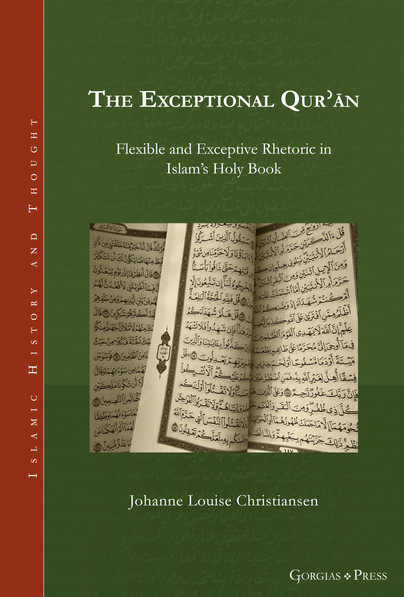
Format: Hardback
Pages: 330
ISBN: 9781463207298
Pub Date: 28 Feb 2022
Description:
This monograph examines the principle of dispensation in the Qur'an, which seems to be, if not unique, articulated in a new manner compared to previous religions (cf. Deut 12,32). The Qur'anic dispensations have never been systematically studied and this monograph aims to fill this vacuum in the fields of Qur'anic studies and the Study of Religion.
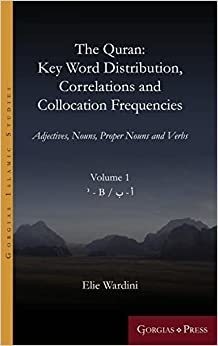
Format: Hardback
Pages: 516
ISBN: 9781463244149
Pub Date: 31 Jan 2022
Description:
The Quran: Key Word Distribution, Correlations and Collocation Frequencies presents key data related to the lexicon of the Quran, in terms of Key Word distribution and lexical associations. The digital text used for this purpose is the Uthmani text of the Tanzil Quran Text. This text is widely used.
All vocalized Arabic text is quoted unaltered in any shape or form from the Tanzil text. Unvocalized Arabic text and transcriptions are my own. In this series, each Key Word – here adjectives, nouns, proper nouns and verbs – is presented together with the following key data: degree of concentration, weighted distribution, correlations and collocation frequencies. The Key Words are always referenced by their lemma and are sorted alphabetically according to Arabic and UNICODE order. In lemmatizing the words, no attention has been given to the semantics of each word. Only on rare occasion have similar forms of words or proper nouns been separated in order to avoid confusion. In assigning each word a lemma, classical dictionaries and Quran commentaries, as well as modern Quran dictionaries have been consulted. Deciding on these is not always obvious, since classical dictionaries and commentaries sometimes either disagree or present divergent variant readings or root and lemma attributions. This series contributes to Computational Linguistics and Digital Humanities in general, and Computational Linguistics research on the Quran in particular.
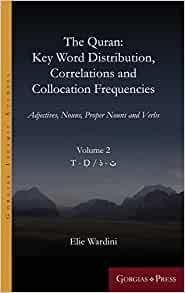
Format: Hardback
Pages: 404
ISBN: 9781463244163
Pub Date: 31 Jan 2022
Description:
The Quran: Key Word Distribution, Correlations and Collocation Frequencies presents key data related to the lexicon of the Quran, in terms of Key Word distribution and lexical associations. The digital text used for this purpose is the Uthmani text of the Tanzil Quran Text. This text is widely used.
All vocalized Arabic text is quoted unaltered in any shape or form from the Tanzil text. Unvocalized Arabic text and transcriptions are my own. In this series, each Key Word – here adjectives, nouns, proper nouns and verbs – is presented together with the following key data: degree of concentration, weighted distribution, correlations and collocation frequencies. The Key Words are always referenced by their lemma and are sorted alphabetically according to Arabic and UNICODE order. In lemmatizing the words, no attention has been given to the semantics of each word. Only on rare occasion have similar forms of words or proper nouns been separated in order to avoid confusion. In assigning each word a lemma, Classical dictionaries and Quran commentaries, as well as modern Quran dictionaries have been consulted. Deciding on these is not always obvious, since classical dictionaries and commentaries sometimes either disagree or present divergent variant readings or root and lemma attributions. This series contributes to Computational Linguistics and Digital Humanities in general, and Computational Linguistics research on the Quran in particular.
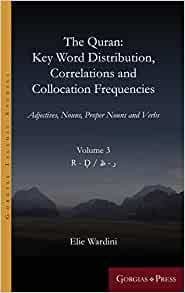
Format: Hardback
Pages: 406
ISBN: 9781463244187
Pub Date: 31 Jan 2022
Description:
The Quran: Key Word Distribution, Correlations and Collocation Frequencies presents key data related to the lexicon of the Quran, in terms of Key Word distribution and lexical associations. The digital text used for this purpose is the Uthmani text of the Tanzil Quran Text. This text is widely used.
All vocalized Arabic text is quoted unaltered in any shape or form from the Tanzil text. Unvocalized Arabic text and transcriptions are my own. In this series, each Key Word – here adjectives, nouns, proper nouns and verbs – is presented together with the following key data: degree of concentration, weighted distribution, correlations and collocation frequencies. The Key Words are always referenced by their lemma and are sorted alphabetically according to Arabic and UNICODE order. In lemmatizing the words, no attention has been given to the semantics of each word. Only on rare occasion have similar forms of words or proper nouns been separated in order to avoid confusion. In assigning each word a lemma, Classical dictionaries and Quran commentaries, as well as modern Quran dictionaries have been consulted. Deciding on these is not always obvious, since classical dictionaries and commentaries sometimes either disagree or present divergent variant readings or root and lemma attributions. This series contributes to Computational Linguistics and Digital Humanities in general, and Computational Linguistics research on the Quran in particular.
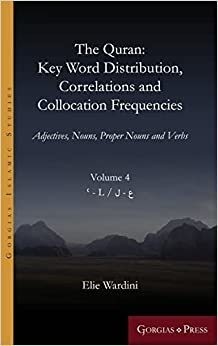
Format: Hardback
Pages: 440
ISBN: 9781463244200
Pub Date: 31 Jan 2022
Description:
The Quran: Key Word Distribution, Correlations and Collocation Frequencies presents key data related to the lexicon of the Quran, in terms of Key Word distribution and lexical associations. The digital text used for this purpose is the Uthmani text of the Tanzil Quran Text. This text is widely used.
All vocalized Arabic text is quoted unaltered in any shape or form from the Tanzil text. Unvocalized Arabic text and transcriptions are my own. In this series, each Key Word – here adjectives, nouns, proper nouns and verbs – is presented together with the following key data: degree of concentration, weighted distribution, correlations and collocation frequencies. The Key Words are always referenced by their lemma and are sorted alphabetically according to Arabic and UNICODE order. In lemmatizing the words, no attention has been given to the semantics of each word. Only on rare occasion have similar forms of words or proper nouns been separated in order to avoid confusion. In assigning each word a lemma, Classical dictionaries and Quran commentaries, as well as modern Quran dictionaries have been consulted. Deciding on these is not always obvious, since classical dictionaries and commentaries sometimes either disagree or present divergent variant readings or root and lemma attributions. This series contributes to Computational Linguistics and Digital Humanities in general, and Computational Linguistics research on the Quran in particular.

















